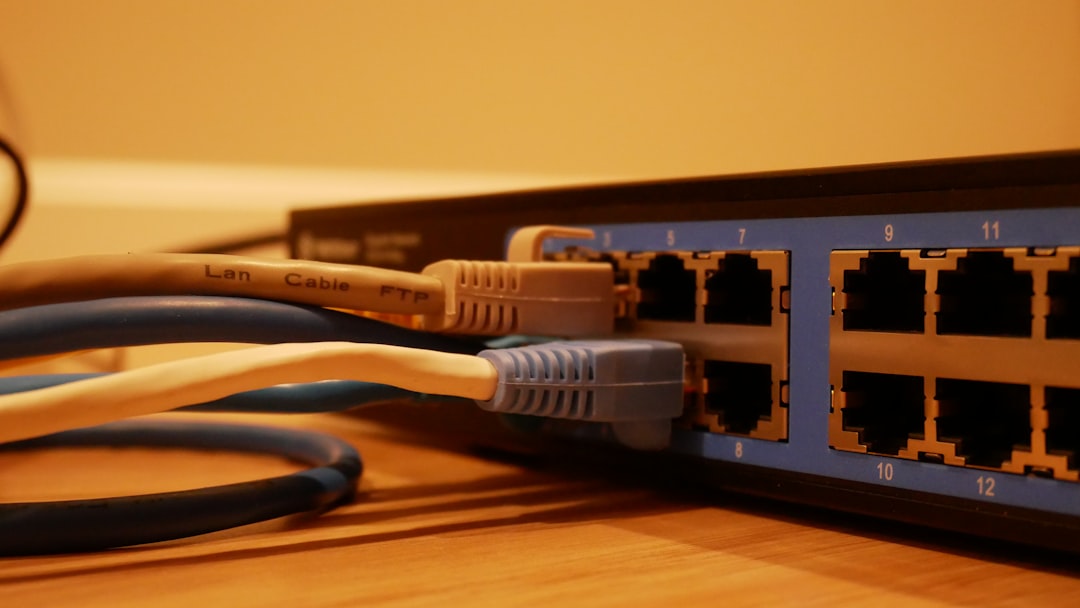Remote Desktop Protocol (RDP) has remained an indispensable tool for IT administrators, remote workers, and support personnel. Its ability to let users connect to a computer or server over a network seamlessly is unmatched in convenience. However, as we step into 2025, securing RDP connections — especially through proper port practices — has become more crucial than ever. Cyber threats continue to evolve, and RDP is a frequent target for brute-force attacks, ransomware deployments, and other malicious activities.
By default, RDP operates on port 3389. Although easy to remember, this also makes it a favorite target for hackers scanning the internet for open RDP connections. Therefore, it’s important to use updated port management strategies to shield your system and network from unauthorized access.
Why Securing RDP Ports Matters
Allowing RDP access without proper safeguards is akin to leaving your front door unlocked in a busy neighborhood. According to cybersecurity researchers, RDP-based attacks are responsible for a sizable chunk of remote work-related breaches. In fact, threat actors continuously scan for open port 3389 connections on the internet, looking for vulnerable endpoints.

Hackers can use automated tools to attempt thousands of username and password combinations per second. If your RDP port is exposed and unprotected, it’s not a matter of if — but when — the bad guys get in.
Best Practices for RDP Port Security in 2025
Below are some of the most effective strategies to secure your RDP port configuration and improve your system’s defense posture:
1. Change the Default RDP Port
Changing from port 3389 to a non-standard port is a quick and simple way to reduce your attack surface. Though this isn’t a foolproof solution, it deters most automated scans. Be sure to choose a port number that does not conflict with other services and falls within the dynamic/private port range (49152–65535).
2. Use Strong Authentication Methods
- Implement two-factor or multi-factor authentication (2FA/MFA).
- Enforce account lockout policies after a few failed login attempts.
- Use strong, complex passwords and rotate them regularly.
3. Set Up Network-Level Authentication (NLA)
NLA is a feature that requires users to authenticate before a remote desktop session is established. It reduces resource consumption and restricts attacks that attempt to exploit vulnerabilities in RDP services. With Windows Server 2025, enabling NLA is now more streamlined and highly recommended.
4. Restrict RDP Access by IP Address
Use firewalls to permit only specific IP addresses to connect over RDP. You can set up rules on your perimeter firewall or software firewall (such as Windows Defender Firewall) to allow only traffic from trusted networks. This greatly reduces the risk of unauthorized access from random IPs.
5. Consider Using Remote Desktop Gateway (RD Gateway)
RD Gateway encapsulates the RDP session within a Secure Sockets Layer (SSL) tunnel via port 443. This not only encrypts the connection but also hides standard RDP traffic from malicious seekers scanning for port 3389. It adds a layer of security while keeping the connection user-friendly.

Technological Enhancements Emerging in 2025
Security technologies continue to evolve to counteract newer threats. In 2025, advancements in AI-powered threat detection, zero-trust networking, and behavioral analytics are becoming commonplace within enterprises. These tools can detect unusual login patterns, flag unauthorized RDP access attempts, and even automatically shut them down in real time.
Additionally, cloud service providers such as Microsoft Azure and AWS have started integrating intelligent RDP monitoring tools. These systems proactively identify anomalies and send alerts before a potential breach can escalate.
Final Thoughts
As more businesses adopt hybrid and remote work models, ensuring RDP sessions are secure is not just smart — it’s essential. By adopting these modern best practices, particularly related to port security, organizations can stay several steps ahead of potential attackers.
Remember: securing RDP isn’t about doing one thing right; it’s about building multiple layers of defense. Start with ports, reinforce with authentication, and enhance with modern monitoring tools, and you’ll be well-prepared for a safe and secure 2025.



